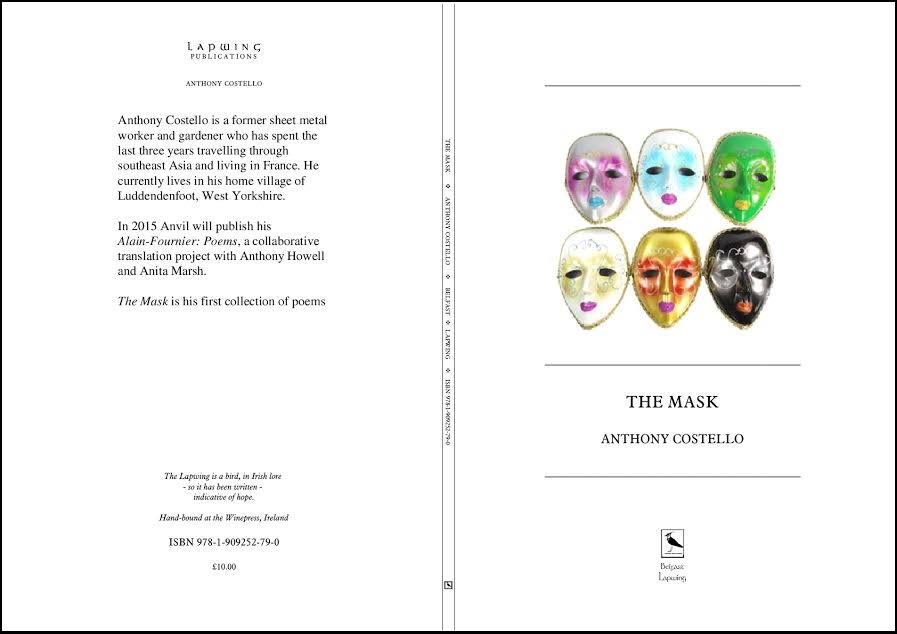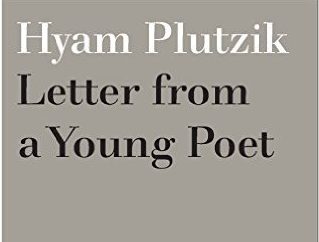100 Dutch-Language Poems selected & translated by Paul Vincent & John Irons
– Reviewed by Anthony Costello –
Holland Park Press should be commended for publishing 100 Dutch-Language Poems, a bi-lingual anthology: poetry from the Netherlands and Flanders is rarely translated into English, yet here we have a hundred poems from the medieval period to the present day. It’s a smoothly navigable book, with a translator’s introduction detailing definitive periods in Dutch poetic history, and an excellent afterword by Gaston Franssen. The afterword is the literary exegesis I would have liked to write, if I knew as much about Dutch poetry as Franssen does, and I hope his essay was used in publicity for the book.
Franssen is sceptical about the cliched and debatable metaphors of Holland’s “backbreaking history and cramped mentality…dominated by a Spartan work ethic, and an ongoing battle against water”, and the resulting “shaping and dissemination” of the Dutch self-image. He prefers to highlight varying poetic styles, from naturalist to symbolist to surrealist, and foregrounds what he sees as a fundamental love-hate relationship between Dutch poets and their country, examining how the landscape and topography of the Netherlands affects Dutch mentality and shapes political thought. Enjoy Franssen extrapolating at length when you buy the book, for it is an important book to purchase and read, essential for students of Dutch literature or those interested in translation, and a welcome publication for bi-lingual readers.
100 Dutch-Language Poems opts for a chronological approach, the breadth of Lowlands poetry laid out in a dual language format: one poem per poet. Understandably this results in an overall lack of depth, which individual poems like ‘In Flanders Fields’ and the introduction and afterword mitigates. There is a quietness to this anthology which makes me think of Dutch paintings, poetry as a series of still lives, subject matter: loss, love, death. If the poems are not always lively, they persuade with their understated beauty. As a non-Dutch speaker, my approach would be to find a poem I like and investigate that poet further, hoping that their work is translated into English. However, this is an admirable work of scholarship and translation by Paul Vincent and John Irons. I feel I can best serve their efforts by giving excerpts from three poems that might inspire would-be readers to buy this accomplished book.
From Martinus Nijhoff (1894-1953), THE OLD LADY
I went to Bommel just to see the bridge.
I saw the new bridge. Two opposing shores
that shunned each other seemingly before
are neighbours once again. A grassy verge
I lay on, tea consumed, for some ten minutes
my head filled with the landscape far and wide –
when from that endlessness on every side
this voice came, and my ears resounded with it.
From Hugo Claus (1929 – 2008), IN FLANDERS FIELDS
The English veterans are getting scarce.
Every year they point to their yet scarcer friends:
Hill Sixty, Hill Sixty-One, Poelkapelle.In Flanders Fields the threshers
draw ever smaller circles round the twisting trenches
of hardened sandbags, the entrails of death.The local butter
tastes of poppies.
From Herman de Concinck (1944-1997), YONDER
I seek a village.
And in it a house. And in it a
room, in which there’s a bed, in which there’s a woman.
And in that woman a womb.Outside the window the river swells
for a long journey, the silver-scaled,
fish-holding, boat-bearing,
sea-seeking, here-staying one.





